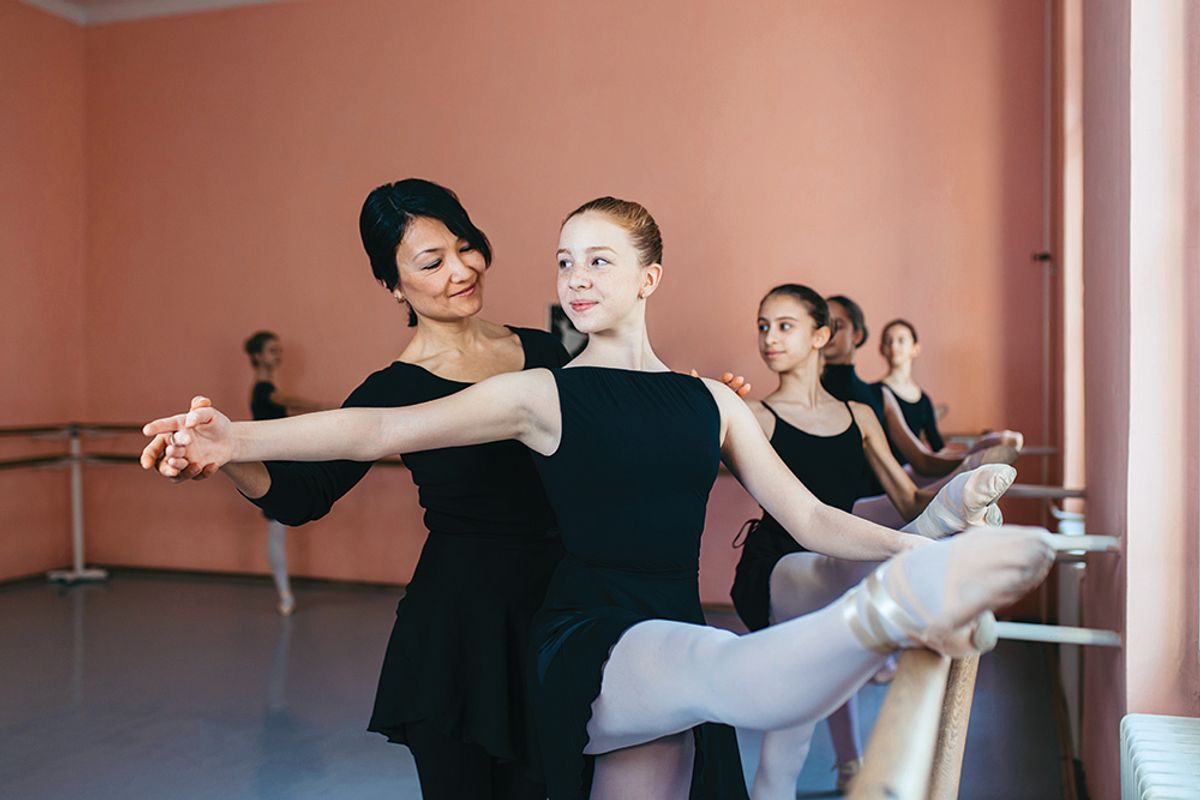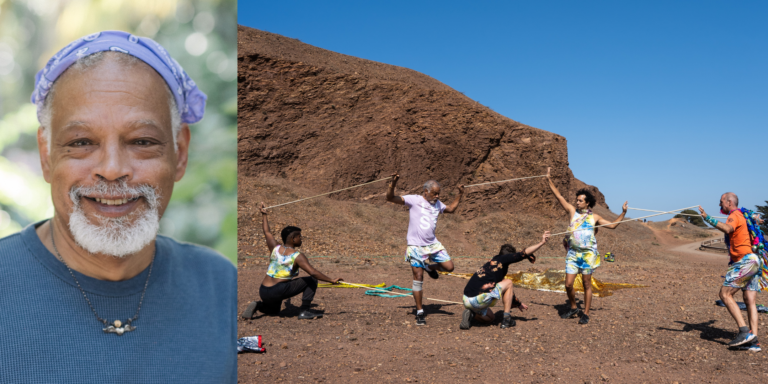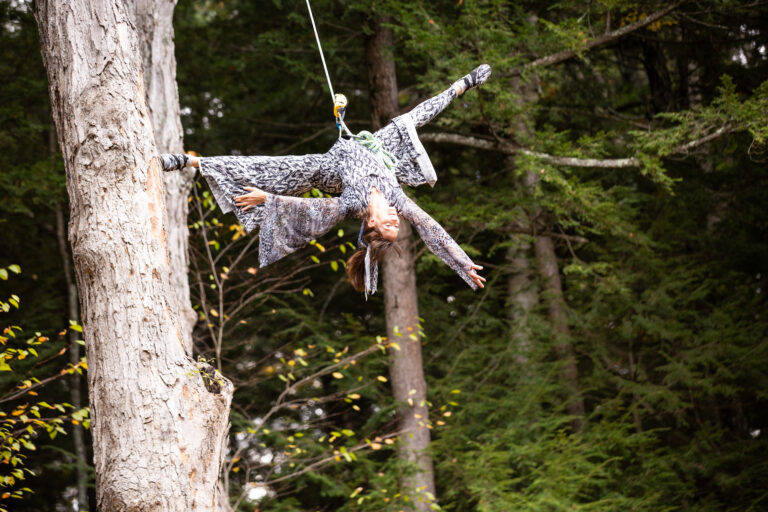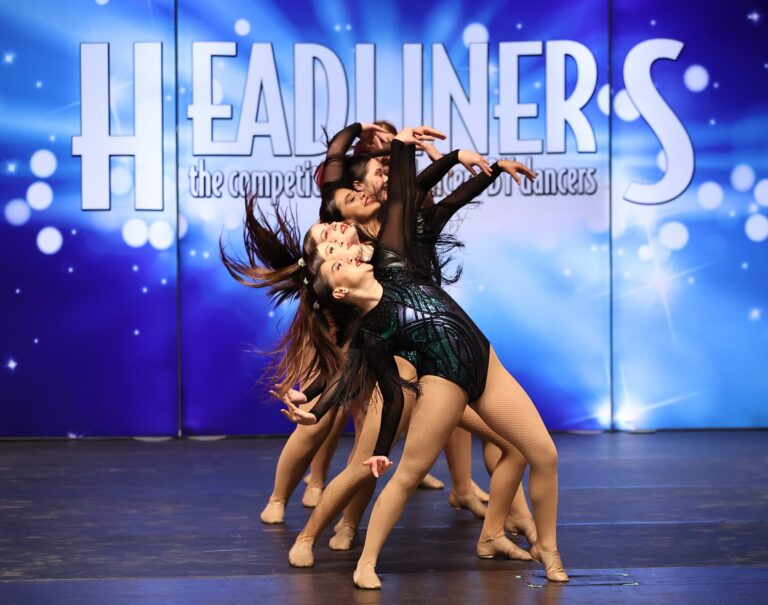
While the days of slapping students’ legs with a cane have become part of (recent) history in dance training, a “leave it at the door” mentality persists in many studio settings. But when a student enters the studio, they come as an entire person, with all the shades of complexity that entails—especially in their years developing into an adult.
In a 2017 survey of 1,000 dancers by Dance Magazine, only 10 percent of students said they would definitely feel comfortable talking to a teacher if they had a mental health issue. And while it is not the role of dance teachers to play therapist, you may be one of few adults who interacts with a student on a regular basis, and ultimately their success and well-being are tied to your investment.
Consider that one in six people will struggle with depression, one in four will suffer anxiety, and most people experience their first mental health issue in their late teens and early 20s (prime dancer training years). “We have a responsibility to our community beyond our role,” says Dr. Nadine Kaslow, a clinical psychologist who works with dancers at Atlanta Ballet. “Are you going to be a bystander?” By taking a compassionate approach in teaching, your students will dance better, and you may also make a significant difference in their lives.
Tough vs. rough
Excellence in dance does not come from coddling. It is reasonable, and even required, for teachers to ask for tremendous effort and performance from their students. But how these demands are delivered is absolutely key to emboldening students to succeed. For Brian Goonan, a clinical psychologist who has worked with dancers in Houston, Texas, for more than a decade, the delivery is the difference between being tough and being rough.
“When you are tough, you have very high and exacting standards, but you do not need to use fear or shame to get the job accomplished,” Goonan says. “You state your expectations very plainly and very clearly and use accolades and directives to get the results that you want.”
James Payne, The School of Pennsylvania Ballet director, does this by helping dancers set reasonable goals, rather than focusing on negatives. “You give them attainable goals,” he says. “If it’s not attainable, you have a separate conversation. But either way that conversation doesn’t have to happen in the studio with 18 other students around them.” By giving the student honest feedback that focuses on small things they can achieve to move forward, he sees dancers reach a higher end point, “because you aren’t focusing on what they are not doing,” he adds.
Boycott shame
We have all had that teacher. The one who makes you feel small when you make a mistake, but these practices do a disservice to your effort. Goonan points out that the same part of our brain that reacts to bodily safety, like to the danger of a gunshot nearby, fires up when we are confronted with emotional safety or shame—fight or flight. “Anxiety preempts learning and the creative process,” he says. “You are not really absorbing information because the only thing you are doing is trying to make the shame stop.” He adds, “When we feel shamed, the parts of our brain that are wired for safety, not learning or creativity, begin working.”
Have a conversation
“I don’t try and be Dad, so I don’t need to get in all of their business,” says Payne. “But if I see a sad face in the hallway, I stop and ask ‘Is everything OK?’ I know we are all busy, but it takes five seconds. Even if you don’t see something wrong, you greet them and say ‘good morning’ as you pass them in the hall. I think that works toward being approachable.” If a student does respond that they are somehow distressed, Payne will immediately cancel other meetings to talk with them. “My first priority is those kids,” he says. “If it goes into an area that requires parental notification, I call the parents and I talk to them.”
Kaslow notes it is essential to establish the rules of confidentiality when you check in with a student. “I would argue that you can’t promise confidentiality,” she says. “If someone might kill themselves, you can’t keep that to yourself.” Let the student know that you are there for them, and that you will only share the conversation if you feel that you need to, in order to support them. Kaslow also acknowledges that not every teacher is the right person for this kind of interaction, and that is OK. She advises that schools consider designating a person on staff who can check in with dancers as needed and remind students periodically that this person is here and willing to listen and help.
Consider your impact
As a teacher you are training not only future dancers but also the future dance audience. Cultivating love of dance is as much of an accomplishment as a student with a contract, because studies have shown that as much as 50 percent of the dance audience is made up of current and former dancers. “Four or five percent of the students that I get to train are going to make it out onto the stage as a professional,” Payne says. “If they walk away with a love of dance even if they can’t be onstage with it, then they are going to participate with it and are going to be OK with their children being involved with it. If they have an awful experience, they are going to check out completely and not want to be a part of it at all.”




